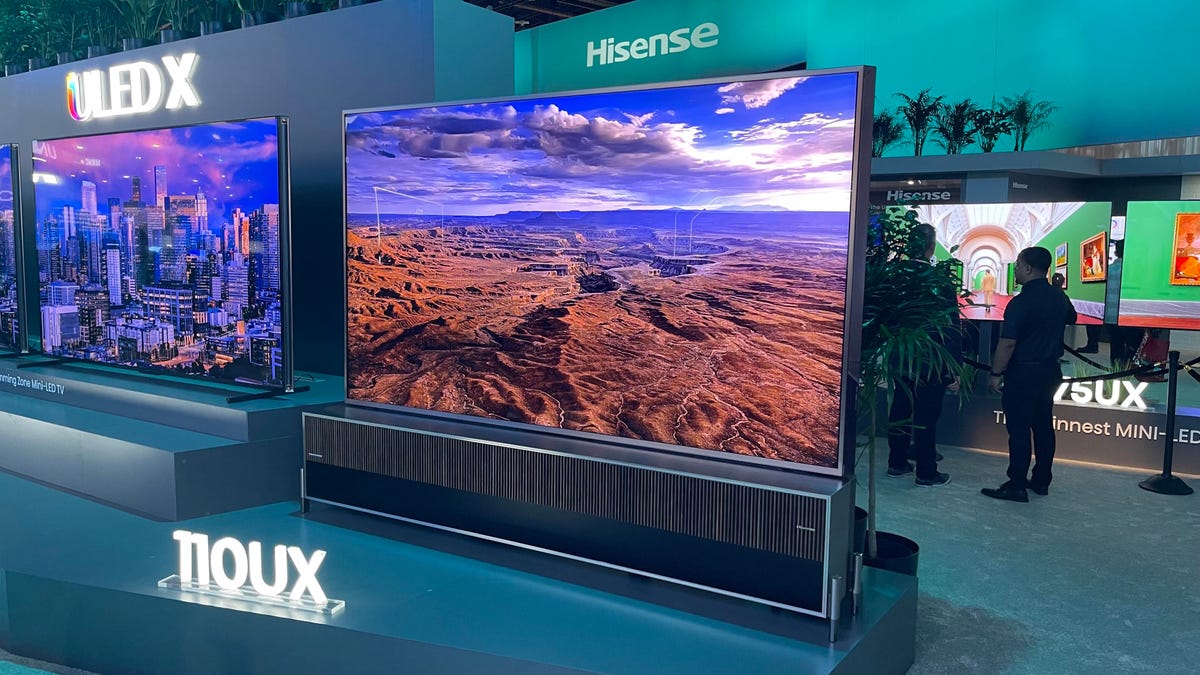In a recent discussion with @Alaska in the Meet Ups Forum the topic turned to his recent "close call" where his aircraft lost its ability to stay in the air but fortunately was just a few feet above ground level. The conditions were ambient air temperatures at 28°F with fog present down to ground level. Snow on the ground and hoar frost on the vegetation. It was the perfect conditions for his props to begin icing up and causing erratic instability which resulted in the drone doing a flip in the snow. If it had been at flying altitude the results would probably have been costly.
At least half or more of the United States and nearly all of Canada too will encounter below freezing conditions during winter. And if you have a desire to fly there are only two options: Take your vacation to a tropical climate and bring along your drone or tough it out back home and prepare to fly under potentially risky weather conditions. I am in that second "camp" here in Alaska and since my EVO is only a few months old it has not provided me the opportunity to fly it during cold temps. So I did some research on anti-icing treatments for aircraft, both manned and unmanned.
A number of years ago NASA discovered a mix of propylene glycol and a plastic polymer which created a gel to be applied to surfaces that are subjected to ice formation. It didn't really prevent the ice from forming but instead created a barrier to prevent the ice from adhering directly to the hard surface. And it allowed the ice to be easily 'wiped' off. I tracked down the company NASA gave the patent to in Palm Desert, CAL but I can't find a source of their Ice Free product.
PRESTONE, the anti-freeze maker, has concocted a product that sounds like it will be more suitable for drone prop treatment to prevent icing or at least reduce it. Its called ICE & FROST SHIELD and comes in a spray bottle or can of liquid. Its designed to be sprayed onto a vehicle's windows and mirrors before the frost or icing occurs. Its polymer base and secret sauce create a condition where the ice crystals cannot adhere to the glass and will allow the vehicle owner to easily brush or scrape off the accumulation.
I think this might be a suitable product to treat our drone props as an ice prevention tool. It is carried in every car parts store, like Napa, O'Reilly, and even in some Walmarts. The price, $6.99 USD for a whopping 32 fluid ounces. It if don't work on my props I will use it up on my truck this winter. But I believe it has promise, especially if you treat the props just before take off. I will be taking the treatment a bit further by putting multiple applications on the props and allowing each treatment to dry. Hopefully it may create a shield barrier down at the microscopic level where tiny pits and irregular surfaces exist on the props that would be points where the frost may begin. I'll be buying some today. Our first winter weather is arriving with potentially 1/4" of freezing rain today. Of course I'd never fly in rain, mist, or even fog as the risk is too great. And its not good filming conditions either. But icing on aircraft can occur under other atmospheric conditions too so an ounce of prevention may be worth a pound of cure.

I do want to add that pilots should realize when air temperatures are border line just above freezing that once you go to altitude the air temperature could be several degrees cooler and icing conditions might be present. Most cold weather residents know that even at 20° below zero frost can and does frequently form on our trees and vegetation from suspended water vapor and humidity. There is a lot happening at the molecular level when it comes to humidity in frozen air and even with ice fog. So I think a prop treatment plan is probably good preventative medicine. It sure can't hurt.
At least half or more of the United States and nearly all of Canada too will encounter below freezing conditions during winter. And if you have a desire to fly there are only two options: Take your vacation to a tropical climate and bring along your drone or tough it out back home and prepare to fly under potentially risky weather conditions. I am in that second "camp" here in Alaska and since my EVO is only a few months old it has not provided me the opportunity to fly it during cold temps. So I did some research on anti-icing treatments for aircraft, both manned and unmanned.
A number of years ago NASA discovered a mix of propylene glycol and a plastic polymer which created a gel to be applied to surfaces that are subjected to ice formation. It didn't really prevent the ice from forming but instead created a barrier to prevent the ice from adhering directly to the hard surface. And it allowed the ice to be easily 'wiped' off. I tracked down the company NASA gave the patent to in Palm Desert, CAL but I can't find a source of their Ice Free product.
PRESTONE, the anti-freeze maker, has concocted a product that sounds like it will be more suitable for drone prop treatment to prevent icing or at least reduce it. Its called ICE & FROST SHIELD and comes in a spray bottle or can of liquid. Its designed to be sprayed onto a vehicle's windows and mirrors before the frost or icing occurs. Its polymer base and secret sauce create a condition where the ice crystals cannot adhere to the glass and will allow the vehicle owner to easily brush or scrape off the accumulation.
I think this might be a suitable product to treat our drone props as an ice prevention tool. It is carried in every car parts store, like Napa, O'Reilly, and even in some Walmarts. The price, $6.99 USD for a whopping 32 fluid ounces. It if don't work on my props I will use it up on my truck this winter. But I believe it has promise, especially if you treat the props just before take off. I will be taking the treatment a bit further by putting multiple applications on the props and allowing each treatment to dry. Hopefully it may create a shield barrier down at the microscopic level where tiny pits and irregular surfaces exist on the props that would be points where the frost may begin. I'll be buying some today. Our first winter weather is arriving with potentially 1/4" of freezing rain today. Of course I'd never fly in rain, mist, or even fog as the risk is too great. And its not good filming conditions either. But icing on aircraft can occur under other atmospheric conditions too so an ounce of prevention may be worth a pound of cure.

I do want to add that pilots should realize when air temperatures are border line just above freezing that once you go to altitude the air temperature could be several degrees cooler and icing conditions might be present. Most cold weather residents know that even at 20° below zero frost can and does frequently form on our trees and vegetation from suspended water vapor and humidity. There is a lot happening at the molecular level when it comes to humidity in frozen air and even with ice fog. So I think a prop treatment plan is probably good preventative medicine. It sure can't hurt.





